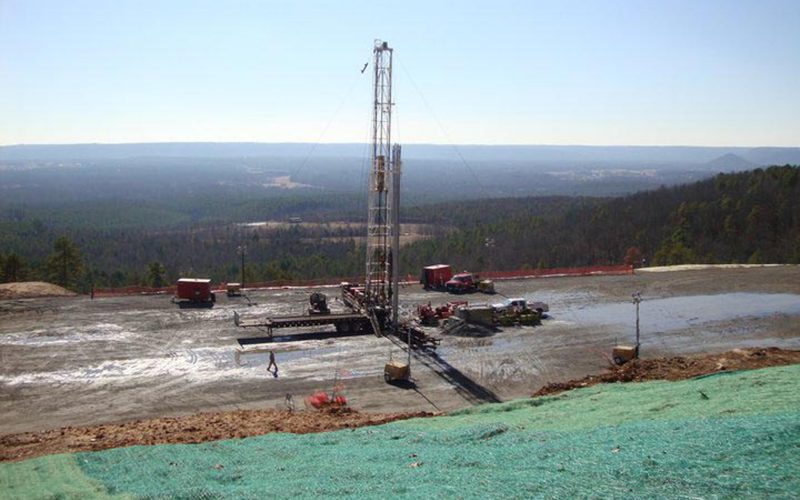Last week the EPA passed a regulation that would require all natural gas wells using hydraulic fracturing to transition to Green Completion technology. At this juncture, the ADEQ reports that the rule is still under review, and that from an enforcement standpoint, future action is hazy.
The new rules will require waste products to be contained, as opposed to being pumped into open enclosures or pits, in which exposed toxic substances can pollute the air. The EPA is allowing a transition period of three years, requiring the industry to meet compliance by 2015.
The regulation has an economic benefit, as the Green Completion will actually capture valuable gas that, in some instances, is burned off or allowed to vent. Though an initial investment in equipment will be required, the long-term benefit is a potential increase in the supply of domestic natural gas.
Lawrence Bengal, Director of the Arkansas Oil and Gas Commission, says that a majority of companies producing in the Fayetteville Shale are already using Green Completion technologies that would deem them in compliance with the regulation.
The new regulation, he says, “will not have much of an impact on the production in the Fayetteville shale.”
This is the first EPA regulation of the fracking industry – an industry that has thus far been iron-clad in exemptions and non-disclosure privileges. The limited amount of information offered to the public in regard to the processes involved in the drilling and extracting of natural gas is still of major concern to environmentalists and neighbors of the wells.
During the flowback stage of fracking, greenhouse emissions such as volatile organic compounds – benzine, nitrous oxide and methane – are “leaked” into the air. While the new regulation sets a national precedent for the industry that limits smog and greenhouse emissions, it could be a measure that has occurred too late for some.
In January, The Free Weekly reported on a story from Mary and Jack White, whose farm was located near a fracking well that was allowed to “blow clean”, releasing a cloud of Methane gas that settled over the White’s home, threatening the life of Mary White and claiming her vision through retina separation in one of her eyes.
Bengal, Director of the AOGC, says the commission is not aware of personal health issues, nor were they aware of any incidents in which air pollutants had negative effects on residents.
“[Fracking] has been going on for a very long time,” he says. “The regulations we have in place address areas of concern. There is no negative impact as long as it’s done within confines of established rules.”
The AOGC is responsible for monitoring industry practices, including disposal. The ADEQ is responsible for monitoring the water and air quality in Arkansas, including pollution and waste produced by the natural gas industry.
However, fracking is the only industry excluded from the Safe Water Drinking Act, which means that the state is entirely responsible for monitoring the quality of water. The state’s responsibility to regulate water cleanliness has put an inordinate amount of pressure in terms of staffing and funding for the ADEQ, which was recently addressed in funding made from the Arkansas Game and Fish Commission.
The funding of $350,000 was a percentage of a $1million bonus granted to the Commission from the gas industry.
An independent study, completed by STRONGER (State Review of Oil and Natural Gas Environmental Regulations, Inc.), praised Arkansas for its complaint protocol and an informative Website.
It also commended the AOGC’s system for public disclosure of chemicals used in hydraulic fracturing operations – but there are still chemicals that are withheld from the public.
Chemicals that have been identified are speculated to be associated with negative health effects, and there are few measures taken to ensure that workers are protected and that the chemicals are not transferred during waste deposits.
As Bengal says, the industry cannot be seen as having a negative impact as long as they are following the rules.



